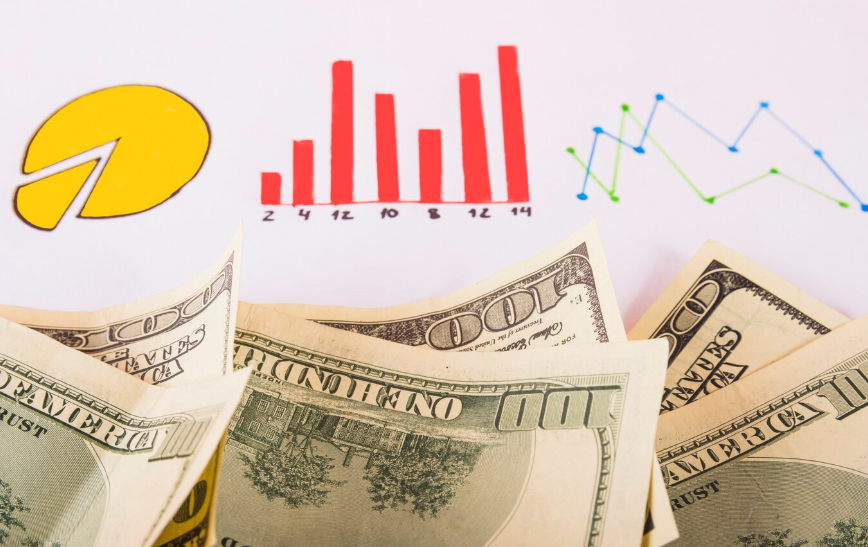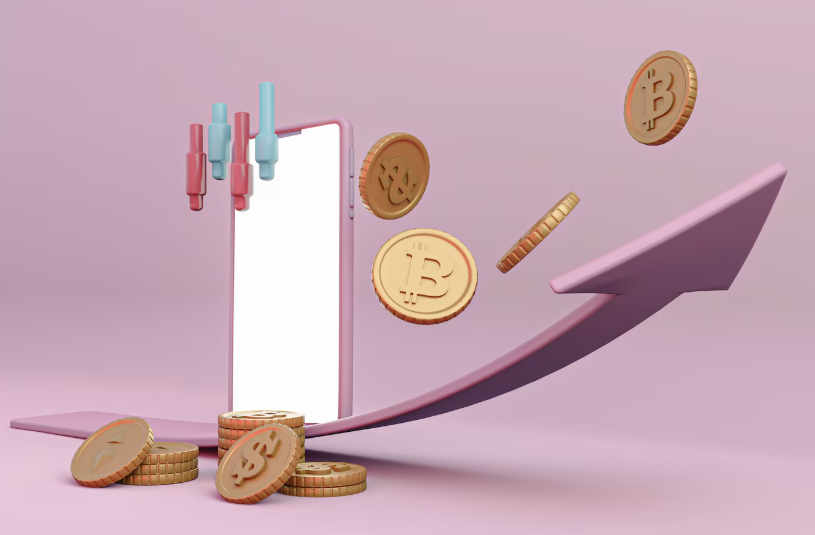Remember the satisfying clack of a flip phone closing? The pixelated charm of early video games? The grainy, slightly oversaturated look of photos taken on a disposable camera? If these images spark a certain warmth, you’re not alone. We’re living in an era of “digital nostalgia,” where old-school aesthetics are making a powerful comeback, influencing everything from graphic design and social media filters to fashion and user interfaces.
But why, in our pursuit of faster, sleeker, and more high-definition experiences, are we looking back to the digital past?
1. A Sense of Authenticity in a Polished World
Modern digital aesthetics often strive for perfection: crisp lines, vibrant colors, and flawless imagery. While stunning, this can sometimes feel sterile or overly curated. Old-school aesthetics, with their inherent imperfections – grain, blur, lower resolution, and simpler interfaces – offer a refreshing sense of authenticity. They feel real, unpolished, and less performative, providing a welcome contrast to the highly stylized content that dominates our feeds.
2. Escapism and Simplicity in Overload
Our digital lives are increasingly complex, bombarded with notifications, endless feeds, and constant updates. The aesthetics of the past evoke a simpler time, when the internet was nascent, social media was non-existent, and technology felt more manageable. There’s a comforting escapism in embracing the limitations and straightforwardness of earlier digital eras. It’s a visual sigh of relief from the overwhelming present.
3. The Allure of Imperfection and Impermanence
Think about the appeal of disposable cameras. The limited shots, the delayed gratification, the light leaks, and the occasional blur all contribute to a unique, often charmingly imperfect, outcome. This stands in stark contrast to the endless, instant, and editable photos on our smartphones. Old-school digital aesthetics bring back this sense of an unalterable moment, a raw capture that feels more genuine and less manufactured.
4. A Connection to Childhood and Youth
For many millennials and Gen Z, these “old-school” aesthetics are tied to their formative years. The sounds of dial-up internet, the blocky graphics of Nintendo 64 games, or the early days of MySpace evoke powerful memories of childhood and adolescence. This personal connection fuels a deep sense of nostalgia, transforming outdated tech into cherished cultural touchstones.
5. Counter-Culture and Standing Out
In a digital landscape dominated by similar sleek designs, embracing old-school aesthetics can be a way to stand out. Brands and individuals are using pixel art, retro fonts, simulated CRT screen effects, and grainy filters to create a distinct visual identity that captures attention by being deliberately different. It’s a subtle rebellion against the homogeneous digital mainstream.
6. The Cycle of Trends
Like fashion, music, and art, digital aesthetics are cyclical. What was once cutting-edge becomes outdated, then ironically cool, and eventually, genuinely stylish again. As technology advances, we gain new appreciation for the foundational elements that came before, finding new ways to integrate them into contemporary design.
From lo-fi music trends to apps that mimic vintage cameras, and websites sporting pixelated elements, digital nostalgia is more than just a fleeting fad. It’s a yearning for connection, authenticity, and a simpler time, manifesting in the visual language we consume and create. So, go ahead, embrace that grainy filter, or enjoy that delightfully low-res aesthetic – it’s more relevant now than ever.













